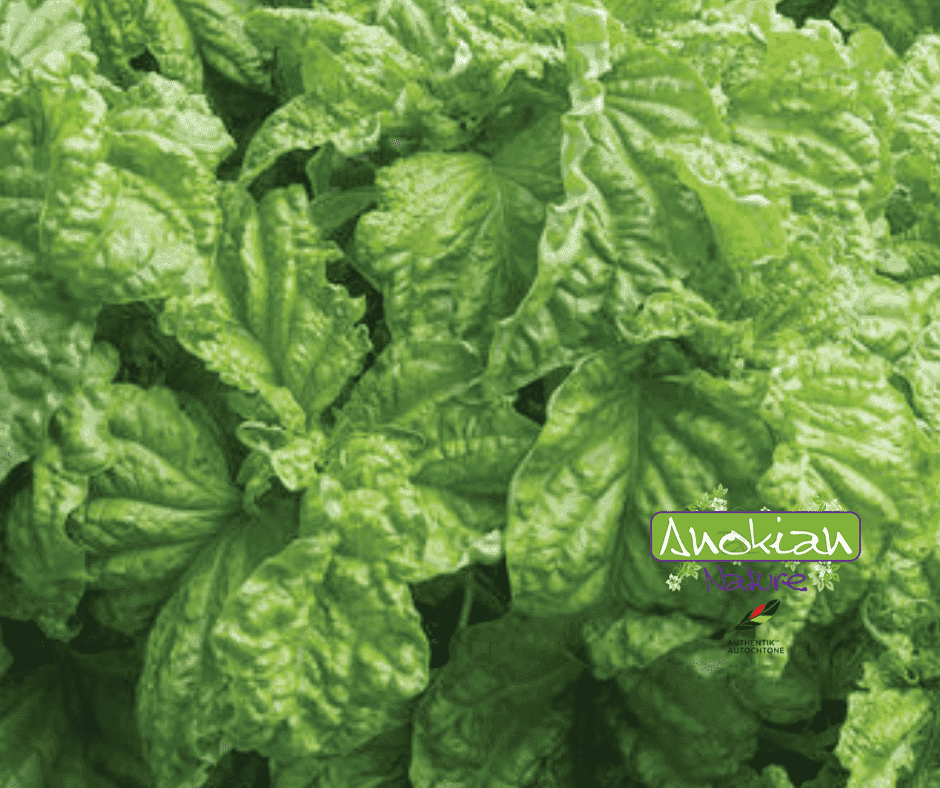Skip to product information










Seeds | Tuscan Lettuce Leaf Basil
$3.99 CAD
Quantity
An Italian cultivar prized for its broad, wavy, lettuce-like leaves. This basil offers an intense aroma and mild flavor, ideal for traditional pesto and Mediterranean dishes.